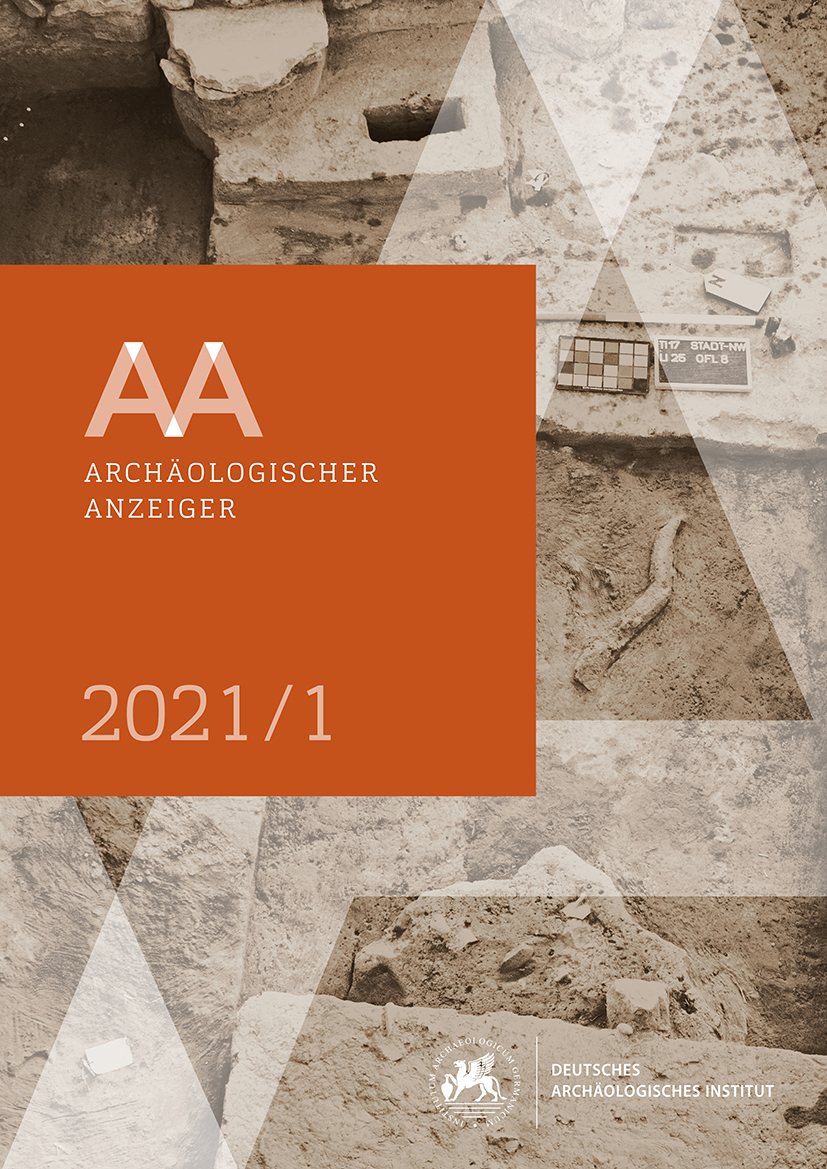Eine Notgrabung in Alexandria 1900/1901: Das sogenannte Sieglin-Grab in der Nekropole von Gabbari
https://doi.org/10.34780/evbe-vc6k
Abstract
An der Jahreswende 1900/1901 legte die Expedition Sieglin eine unterirdische Grabanlage in Gabbari am Westhafen von Alexandria frei. In der Kammer mit den wichtigsten Grablegen konnten zwei Bemalungsphasen festgestellt werden. Die ältere entspricht den Wanddekorationen mit Schirmkandelabern, die an der Wende vom 1. zum 2. Jh. in der römischen Welt verwendet wurden. Die jüngere zeigt ägyptisierende Motive. Der datierbare Befund gibt Anlass, die Entwicklung der herausgehobenen Gräber in den alexandrinischen Hypogäen zu verfolgen: Aus hellenistischen Klinengräbern in Ädikulanischen wurden am Beginn der Kaiserzeit Kistengräber in von Pilastern gerahmten Nischen, die als Dreigräberkammer angeordnet werden konnten. Im 2. Jh. wurden die Gräber als Girlandensarkophage gestaltet und von einem Bogen überfangen. Die ägyptisierenden Ausstattungen, die ebenfalls in dieser Zeit häufig werden, lassen auf genaue Kenntnisse ägyptischer Jenseitsvorstellungen schließen. Die Auswahl der Motive erfolgte jedoch nicht im Hinblick auf eine ›Wiedergeburt‹, sondern unter dem Aspekt des göttlichen Schutzes für den Toten im Grab, wie bei gleichzeitigen, nicht-ägyptisierenden Grabbildern auch.
Schlagwörter:
Alexandria, Ägypten, Hypogäum, Wandmalerei, Jenseitsvorstellungen





